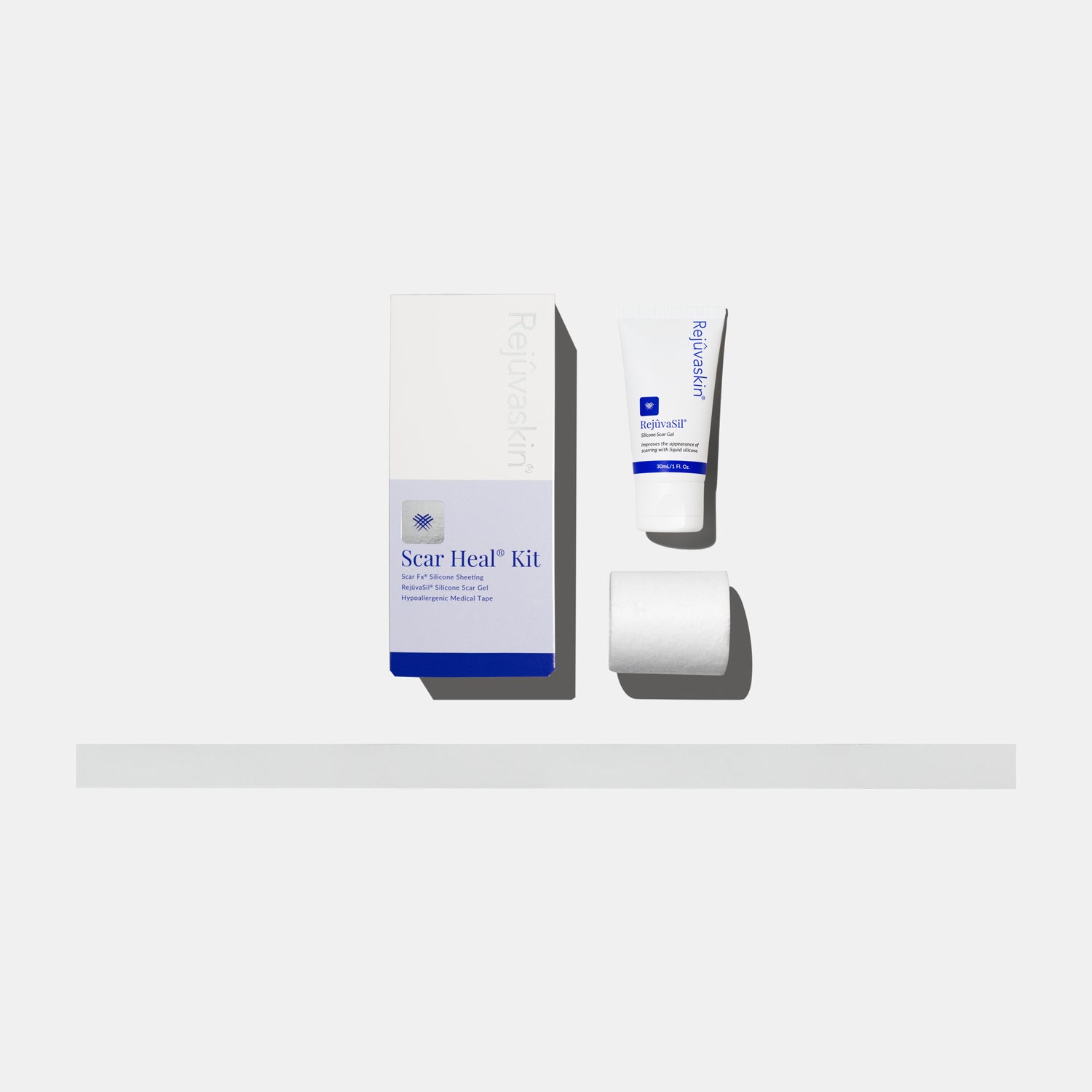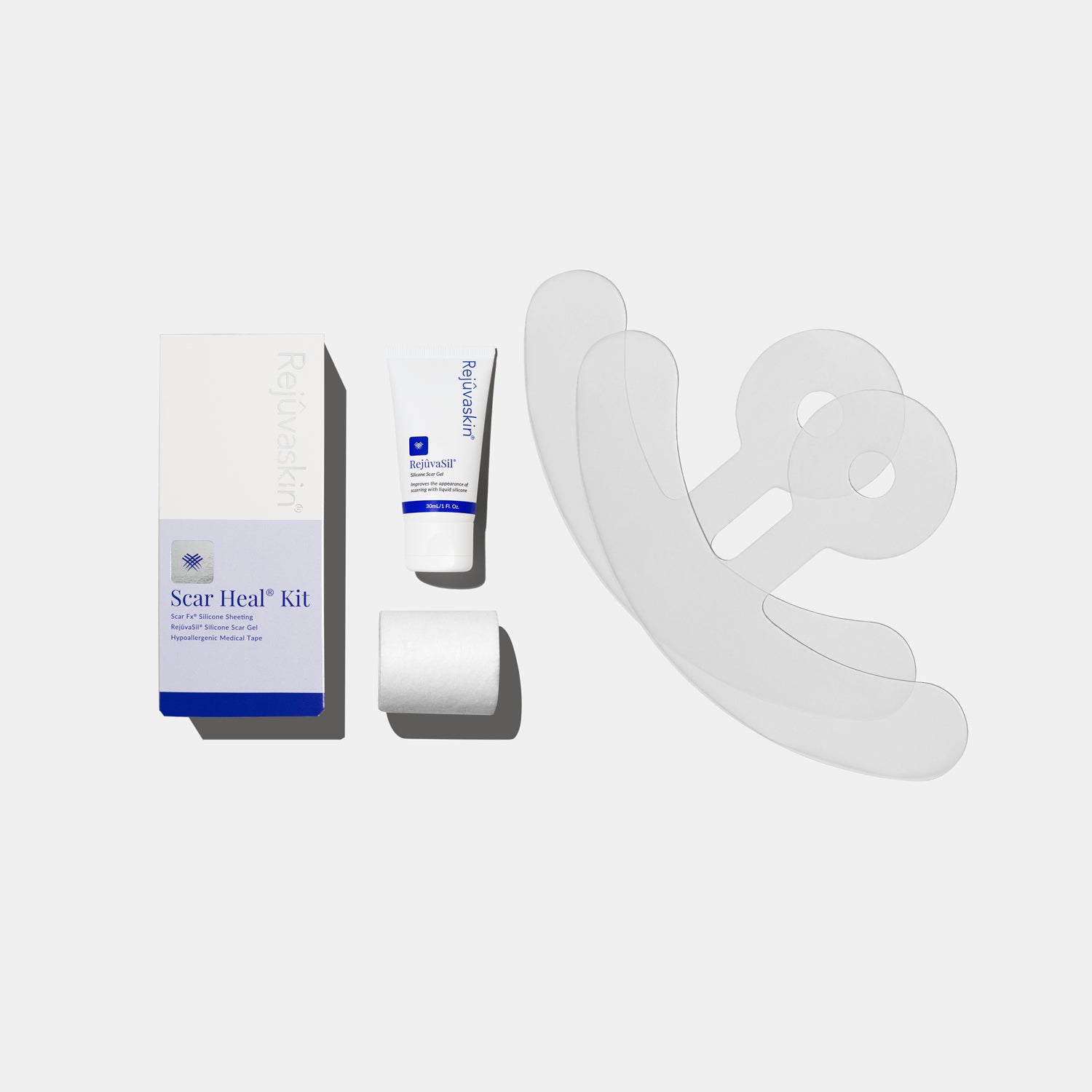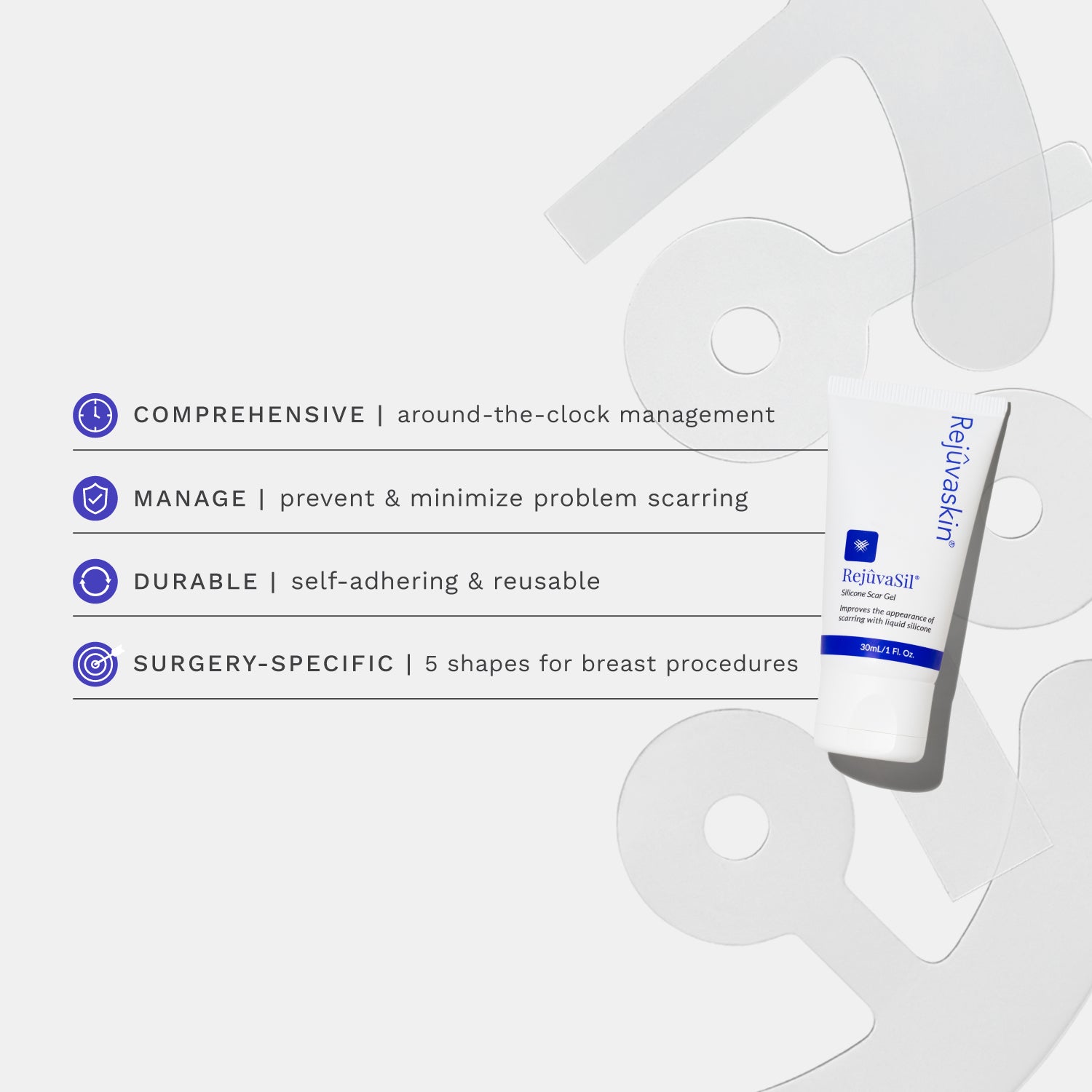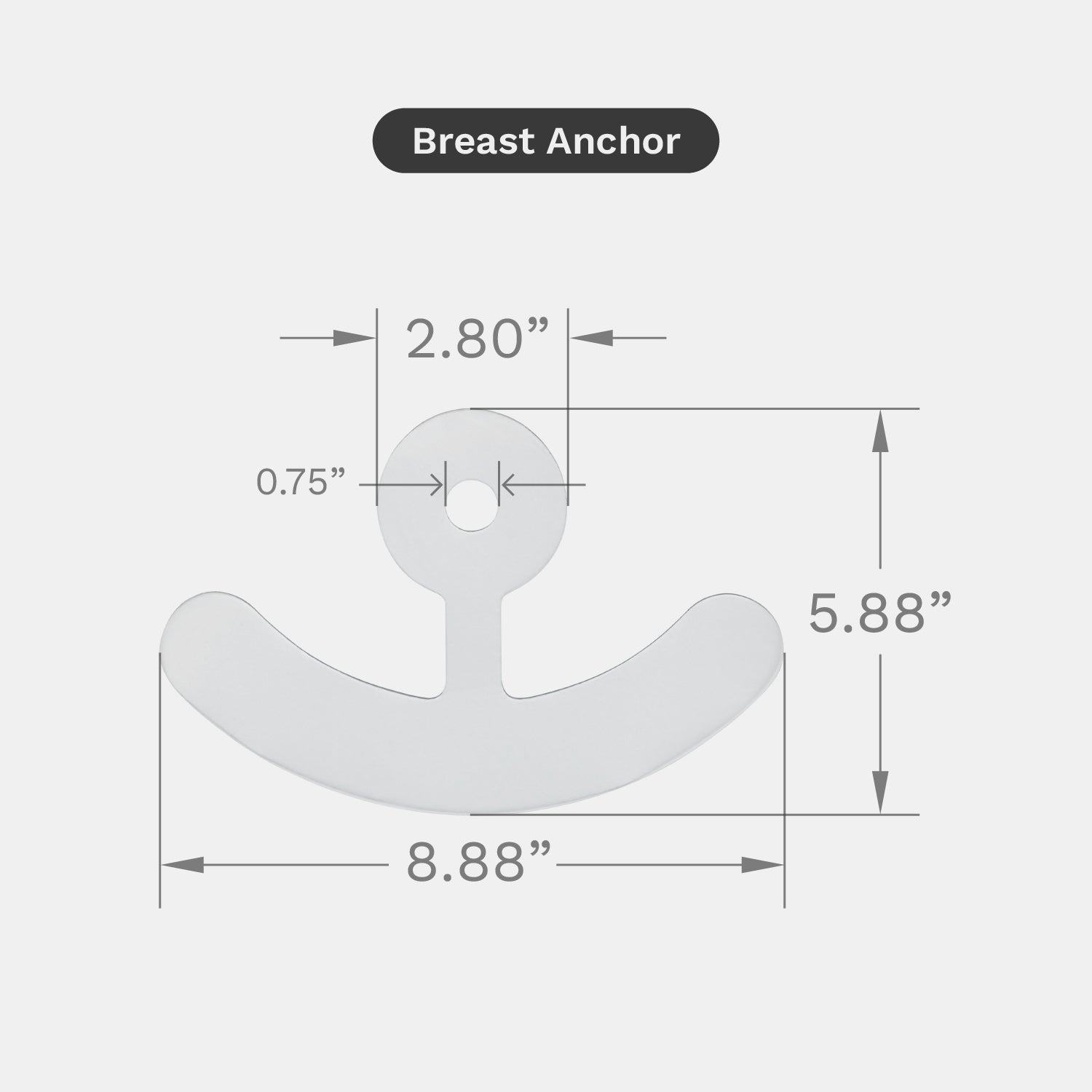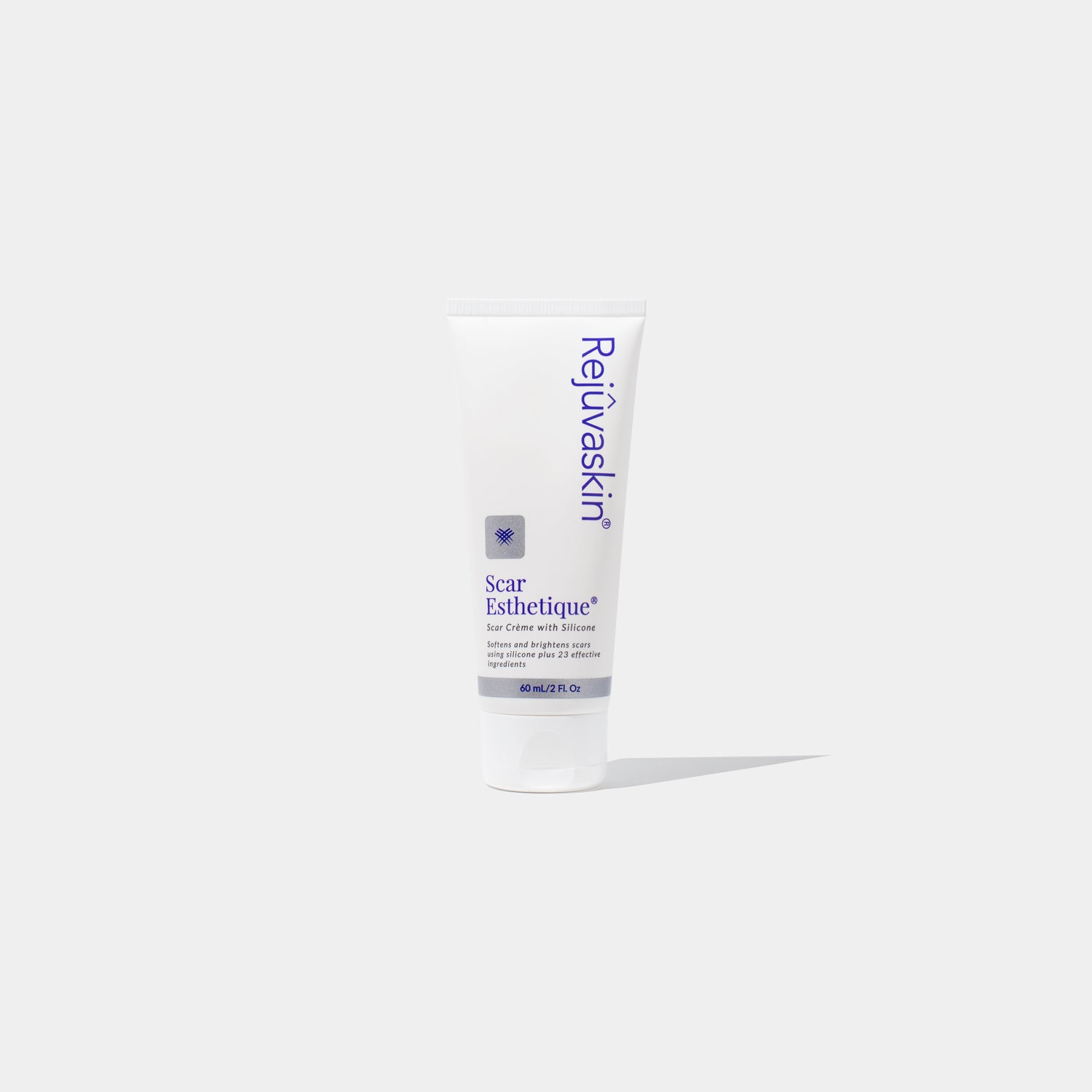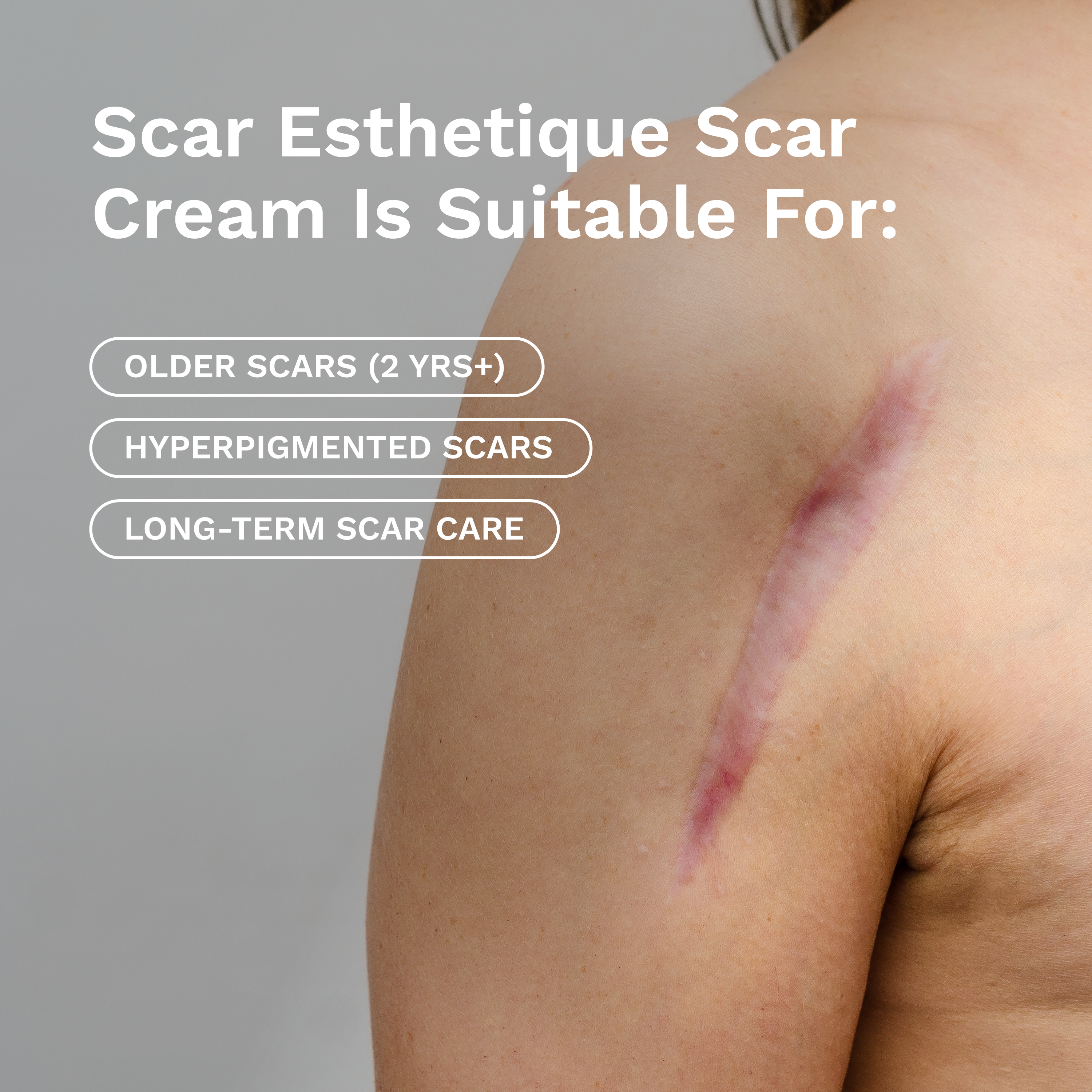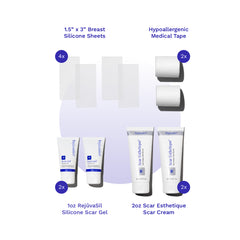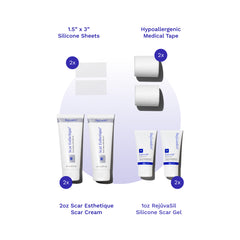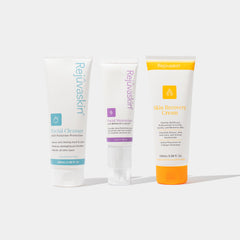In 2018, I was excited to be hired as the CEO of a company with a SaaS strategy execution solution. 60 days later, I was diagnosed with breast cancer. I was handed a thick, generic notebook by a leading cancer center in Central Texas. My notebook had pages of URLs of cancer nonprofits and organizations that might “help me” find the resources I needed. I instantly observed that technology could improve the notebook experience. My life was busy before cancer – executive, mom of three active kids, wife, and community volunteer. Carving out time for doctor appointments, medical tests, and procedures was an additional strain on my time. As a result, I was too overwhelmed to explore many of the links and missed out on some amazing resources and community support.
Cancer is expensive. I was on a high deductible health plan. I was in a position to write a $3,000 check to start treatment and to purchase items to make recovery easier, but the out-of-pocket expense of cancer was not lost on me. Cancer patients spend 42% of their annual income on out-of-pocket expenses. 74% of adults with cancer skip or delay care because they can’t afford it. People make choices between paying rent and getting chemo. That is definitely a problem I want to help solve. There is a lot of help out there. Matter of fact, there are over 5,400 cancer non-profits and a search for “cancer” on Amazon returns over 100,000 results, but that is actually part of the challenge. Who has time to sift through all of that? I didn’t.
The real clincher for me came a few days before my bilateral mastectomy. A nurse explained that I would need to put my four, post-surgical drains on safety pins, drape the pins on a wire coat hanger, and have my husband place the hanger on the shower head for me. That simple explanation assumed so much—that I had a husband, that I was okay waiting for help to shower for weeks until the drains came out, and most of all, that I would be immediately comfortable revealing my raw scars and drains with others. It took me two hours of searching to find a $12 shower belt that gave me independence and dignity. I knew then that I would one day work to make the journey easier for others.
Who is We Are Here?
We Are Here is an AI driven platform, co-founded by cancer survivors and caregivers, on a mission to enhance cancer care. We developed our platform to make the cancer journey more humane. Our team experiences gaps in care on our journeys and those gaps can be addressed with technical tools. By helping navigators and patients have better tools, like our AI platform, we elevate the entire ecosystem. Patient and navigator experiences are measurably better. At the same time, patients, providers, and payors see financial benefits from using the platform too.
Our platform addresses three gaps:
1. The time between diagnosis and access to clinical navigators.
Wait times vary. In some towns, the typical time between diagnosis and first oncology appointment (and access to the clinical care team) is 3 weeks, in other locations the wait can be months. Socio-economic, demographic, and geographic factors impact wait times. Wait time doesn’t only delay care, it increases stress – and 85% of patients and 70% of oncologists believe stress impacts outcomes.
2. The lack of a centralized platform for access to all of the resources needed, especially for everyday life challenges.
Standard operating procedures are still notebooks and excel spreadsheets being created and updated separately. Those sheets focus primarily on medical care and rarely have suggestions for the toll cancer takes on everyday life. It’s understandable, because everyday life challenges are so unique to each individual. They range from worrying about hair loss, to needing help with gas and childcare to make appointments, to concerns about who will help the kids with homework or walk the dog. Once again, stress rises and the financial impact of missing work while also spending extra money on products and services becomes untenable.
3. The loss of access to the clinical team when active treatment is over.
You may become a “survivor”, but life is not back to normal – finances, relationships, anxiety, comorbidity – everything has changed. The journey does not end -- It evolves. At We Are Here, we describe healing as an upward spiral. Once again, there is help and support out there, but the need to start over and find all new communities places barriers between needs and help.
What kind of impact with We Are Here have you seen thus far?
Addressing gaps in care to improve the patient experience, we can also improve outcomes and lower cost of care. I’m proud of the progress we’ve made to date.
- 50% of patients report their overwhelm is lower after their first interaction with us
- Patients attain $1500 in grants and discounts, on average
- Patients save 70 hours of time
- Our platform is available the day of diagnosis
- We not only reactively address the needs communicated by patients; we proactively address needs they haven’t yet discovered.
We have helped users get money to pay rent and hotel bills, keep the electricity on, get free and discounted housekeeping during daily radiation, and so much more. We have a 100% satisfaction rating for 7 consecutive quarters. The clinicians and non-profits who work with us are relieved to be able to offer patients, caregivers and survivors a more comprehensive, centralized hub for help.
What would you like to see for We Are Here in the future?
In the future, I expect that in addition to proving the platform lowers cost of care and improves outcomes, we can also predict what mix of products and services are most likely to improve outcomes for any particular person based on their unique circumstances and help drive insurance coverage of some daily life activities.
While we pride ourselves on leveraging technology to connect with our members, we firmly believe in maintaining a personal human touch. Instead of relying solely on AI, we are a team of real people who deeply care about supporting individuals going through cancer. We ensure genuine follow-through and provide compassionate support, with the empathy and understanding that only real human connections can offer. Our commitment is to be there for you every step of the way, with a personalized and human approach.
What advice do you have for those going through a cancer diagnosis/treatment?
Sign up for We Are Here!
We have a saying at We Are Here: “Healing is not a linear process, but rather, more of an upward spiral.” Start healing as soon as possible. That includes before and during treatment. Look for ways to heal your body, fuel your body, remove toxicity from your environment, ask for and accept help. Lean on and learn from others who have been there, but know that every single journey is unique.
How has your own journey inspired you in the formation of We Are Here?
Fortunately, we caught my cancer early. However, my journey still disrupted every aspect of my life for two years. Even now, I live with mild lymphedema and treatment induced menopause, with limited hormone options since I was estrogen and progesterone positive. The journey never ended, it just evolved. It took way longer than it should have to address my comorbidities. My post treatment challenges are not unique, they are another driver for me to co-found We are Here. I also have a gene associated with ovarian and breast cancer. I hope my daughters don't join the cancer club, but if they do, I want their journey to have the benefits provided by We Are Here.
